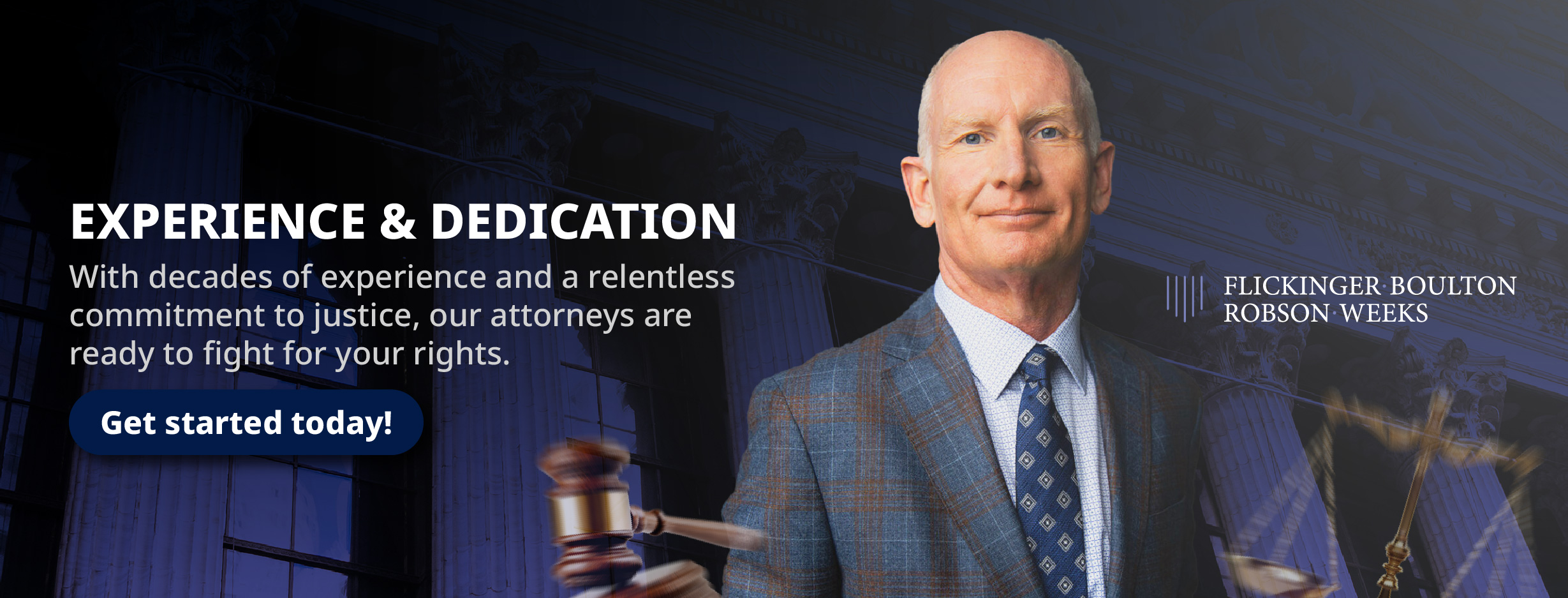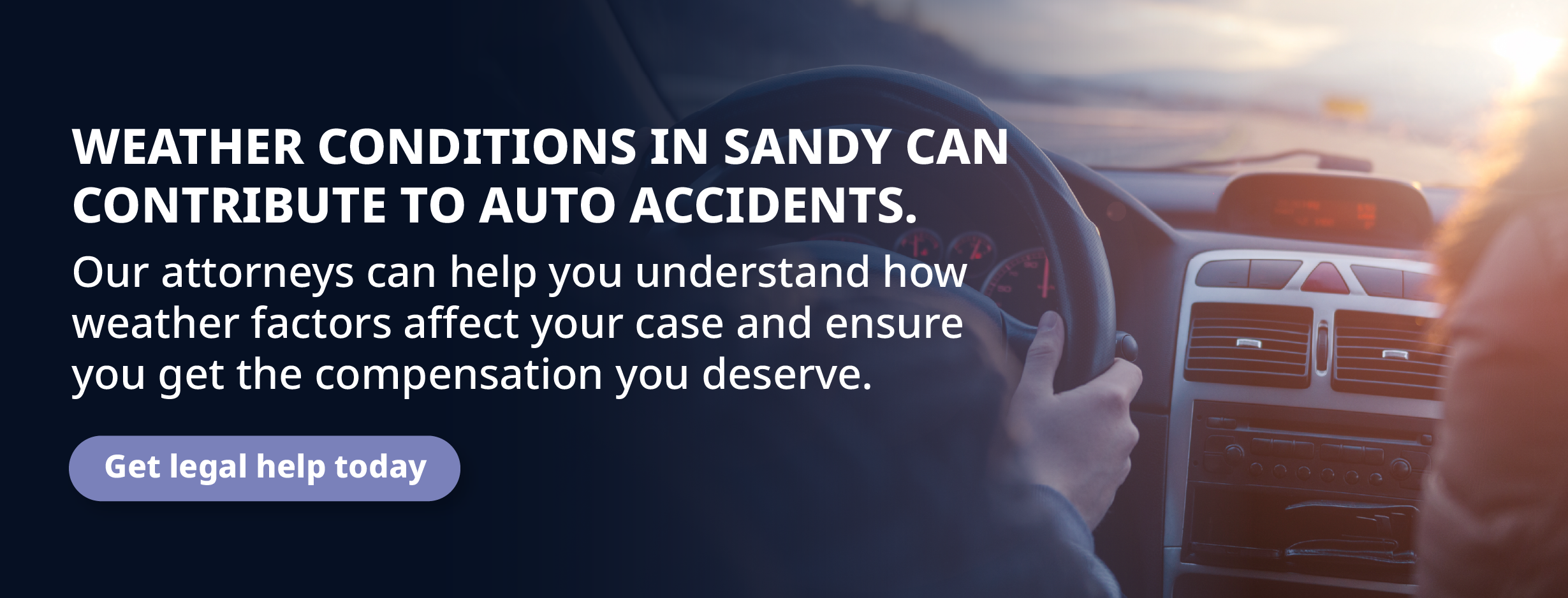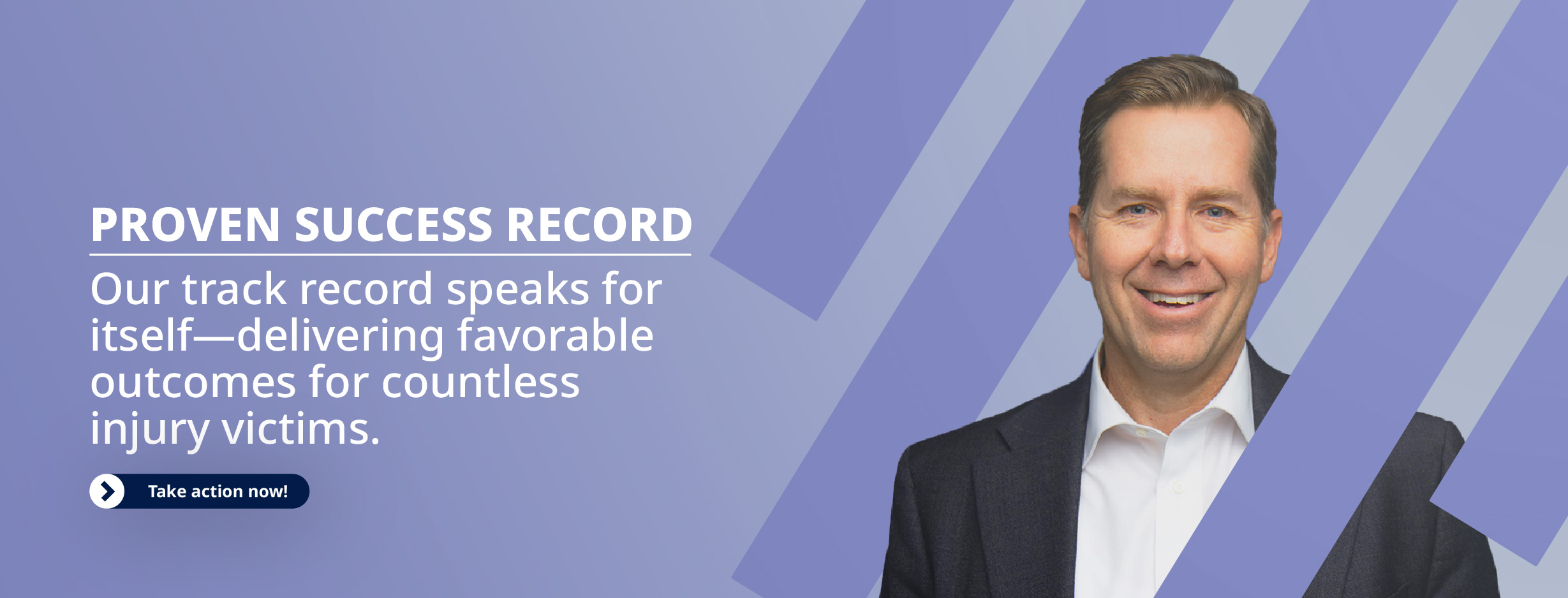¡Hablamos Español!
Weather can play a major role in auto accidents throughout Sandy, making already hazardous road conditions even more dangerous. Rain, snow, ice, and fog can reduce visibility, decrease traction, and increase stopping distances, leading to a higher risk of collisions.
Even the most cautious drivers may struggle to navigate safely when roads become slick or when sudden weather changes create unexpected driving challenges. At Flickinger Boulton Robson Weeks, our experienced Sandy car accident lawyers understand how weather-related accidents occur and how they impact liability in personal injury claims.
If you’ve been injured in a crash caused by poor weather conditions, we can help determine whether another driver’s negligence contributed to the accident and fight for the compensation you deserve. Contact us today to learn how we can help.
Weather conditions can significantly impact road safety in Sandy, making driving more challenging and increasing the risk of weather-related auto accidents. Drivers must adjust their behavior from heavy snowfall and icy roads in winter to sudden rainstorms and high winds to avoid collisions.
Unfortunately, not all motorists take the necessary precautions, leading to accidents that could have been prevented. Below are some of the most common weather-related hazards that affect drivers in Sandy.
Winter in Sandy can bring heavy snowfall, icy roads, and freezing temperatures, all of which create dangerous driving conditions. Some of the most significant risks include:
Rainstorms can strike Sandy at any time of the year, causing slippery roads and poor visibility. Common dangers include:
Fog can be a serious hazard, particularly in the early morning or late at night when temperature changes create dense mist. Fog-related risks include:
Strong winds can be hazardous on open highways and mountain roads near Sandy. High winds can:
While snow and rain are common concerns, sun glare can also be a major hazard. During sunrise and sunset, the sun’s rays can reflect off wet or icy roads, temporarily blinding drivers. Rapid temperature changes can also cause fog buildup on windshields, further reducing visibility.
While poor weather can contribute to accidents, drivers are still responsible for adjusting their speed and driving cautiously based on conditions. Failing to slow down, use headlights, or maintain a safe following distance can be considered negligence.
If you were injured in a weather-related crash, a Sandy car accident lawyer at Flickinger Boulton Robson Weeks can help determine if another driver’s reckless behavior played a role.

Weather conditions can create hazardous driving situations, but drivers need to stay focused and drive carefully. Drivers in Sandy have a legal duty to adjust their driving behavior based on conditions to ensure road safety.
When an accident occurs during rain, snow, fog, or high winds, determining liability and negligence depends on whether a driver acted reasonably and responsibly under the circumstances.
Even in bad weather, drivers must take extra precautions to avoid accidents. Failure to do so can be considered negligence, making a driver liable for damages. Courts and insurance companies evaluate whether a driver:
If a driver fails to adjust their driving to match the weather conditions, they may be found negligent, even if the accident was partially due to the weather.
Utah follows a modified comparative negligence system, meaning that an accident victim can still recover damages as long as they are less than 50% at fault. However, their compensation will be reduced by their percentage of fault. For example:
Because weather conditions can complicate liability disputes, insurance companies may try to shift blame onto accident victims to reduce payouts.
To prove negligence, it must be shown that the at-fault driver failed to take reasonable precautions. A Sandy car accident lawyer at Flickinger Boulton Robson Weeks can help gather evidence, including:
If you or a loved one have been injured in a weather-related accident in Sandy, you may still have a strong compensation case.

Determining liability can be challenging when a weather-related accident occurs in Sandy, especially when insurance companies attempt to shift blame onto poor road conditions rather than driver negligence. To successfully prove a claim, it is vital to gather strong evidence demonstrating how the accident happened and whether another driver failed to take the necessary precautions.
At Flickinger Boulton Robson Weeks, we help accident victims collect and present compelling evidence to support their cases and secure the compensation they deserve.
One of the most critical pieces of evidence in a weather-related car accident is the official police report. Law enforcement officers responding to the scene will document:
Obtaining a copy of the accident report can provide crucial details that help establish fault.
Taking photos and videos at the accident scene is essential in proving the conditions at the time of the crash. Important elements to document include:
Additionally, dashcam footage or surveillance videos from nearby businesses may provide an unbiased account of how the accident occurred.
Witnesses who saw the accident firsthand can offer valuable statements that corroborate your version of events. Eyewitnesses may be able to confirm:
Factors to consider in assessing a car crash include:
In cases where fault is disputed, accident reconstruction experts can analyze vehicle damage and skid marks to determine how the crash happened. These experts may:
Professional testimony can reinforce liability arguments, especially if the at-fault driver claims the crash was unavoidable due to weather.
If you suffered injuries in a weather-related car accident, medical records serve as key evidence to connect the accident to your physical harm. Be sure to:
Insurance companies often try to downplay injuries, so thorough medical documentation is crucial to securing fair compensation.

Gathering evidence in a weather-related accident can be difficult, mainly when multiple factors contributed to the crash. A Sandy car accident lawyer at Flickinger Boulton Robson Weeks can help collect and organize the necessary proof to strengthen your case, handle negotiations with insurance companies, and ensure you are not unfairly blamed for an accident.
If you’ve been injured in a weather-related crash, don’t let the insurance companies dismiss your claim. Contact Flickinger Boulton Robson Weeks today for a free consultation to discuss your case.
At Flickinger Boulton Robson Weeks, we understand that weather-related auto accidents present unique challenges when it comes to proving fault and securing compensation. Many drivers and insurance companies attempt to shift blame onto poor weather conditions, rather than taking responsibility for their negligent driving.
Since 1993, our firm has been dedicated to helping Sandy auto accident victims build strong cases by gathering critical evidence, handling insurance negotiations, and ensuring that reckless or careless drivers are held accountable.
One of the first steps we take in handling a weather-related accident case is conducting a thorough investigation. We work to determine whether the accident was truly unavoidable due to extreme conditions or if another driver failed to exercise reasonable caution. Our legal team collects:
This evidence is crucial in proving negligence, especially if an insurance company tries to deny liability.
Insurance companies often argue that bad weather, not driver negligence, was the primary cause of an accident. Our firm aggressively pushes back against these tactics by demonstrating that safe driving practices could have prevented the crash.
We highlight factors such as:
By disputing unfair claims adjustments and presenting compelling evidence, we ensure that our clients receive the compensation they deserve.
Victims of weather-related accidents often face significant medical bills, lost wages, vehicle damage, and emotional trauma. Our firm fights for full compensation to cover:
At Flickinger Boulton Robson Weeks, we protect Sandy auto accident victims and ensure that reckless drivers are held responsible, regardless of the weather. Contact us for a free consultation today, and let us fight for your rights.
At Flickinger Boulton Robson Weeks, we are dedicated to protecting the rights of Sandy car accident victims and ensuring they receive the compensation they deserve. Whether your accident was caused by hazardous weather conditions, negligent drivers, or other factors, our experienced legal team is here to guide you through every step of the legal process.
Our Sandy car accident lawyers fight to hold reckless drivers accountable and help you recover for medical expenses, lost wages, vehicle damage, and pain and suffering. Contact us today at (801) 500-4000 for a free consultation. Let us fight for your rights and the compensation you deserve.
Bicycle Accidents
Motorcycle Accidents
Boating Accidents
Recreational Vehicle Accidents
Bus and Mass Transit Accidents
Pedestrian Accidents
Automobile Accidents
ATV or UTV Rollovers
Commercial Vehicle Accidents
Semi Truck and Trailer Accidents